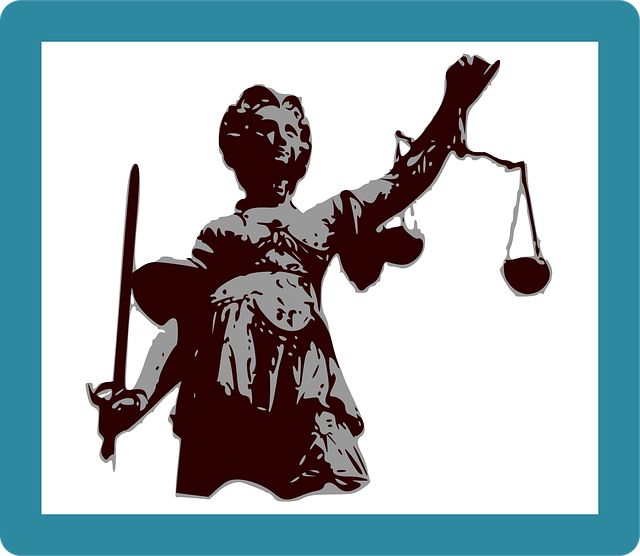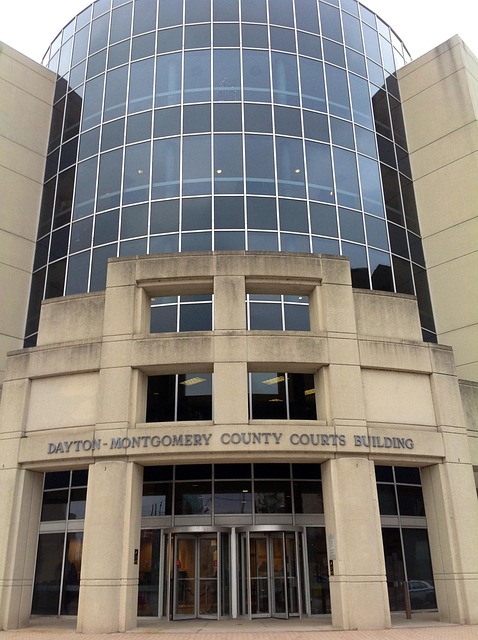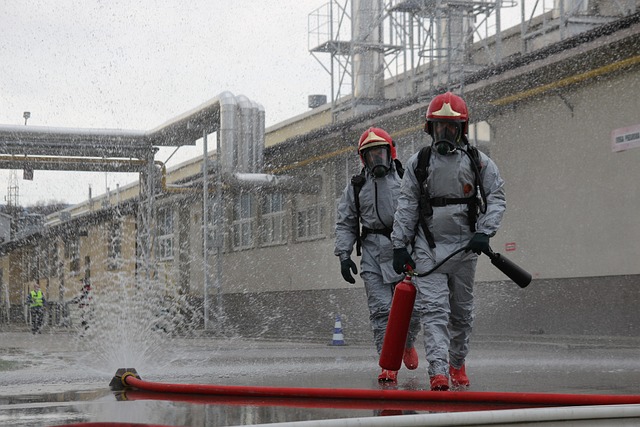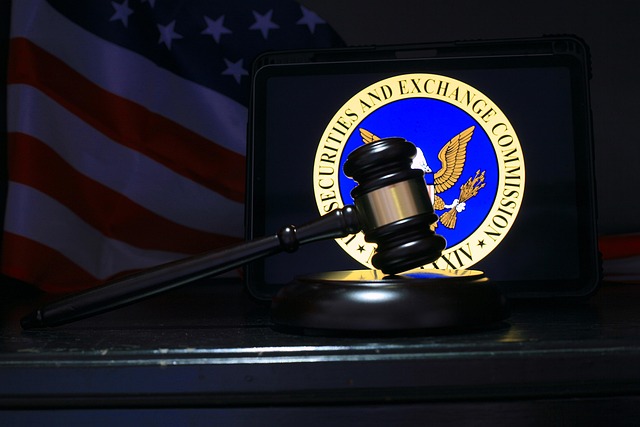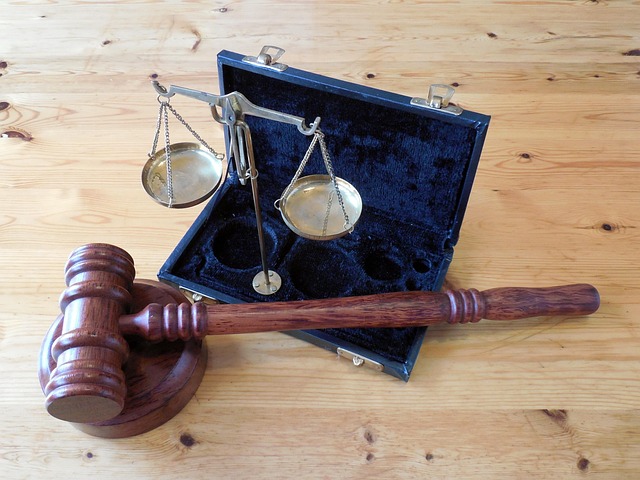Slip and fall accidents cause varying injuries, emotional distress, and mental health issues, leading to complex legal cases involving commercial disputes, fiduciary duty breaches, or medical negligence. Building a strong claim requires robust evidence like detailed photos, medical records, and insurance policies. Consulting a specialized attorney enhances your chances of securing maximum slip and fall compensation by providing guidance on admissible evidence, negotiating with insurers, and leveraging legal precedents based on injury severity and applicable policies.
Slip and fall accidents can lead to serious injuries and significant financial strain. Maximizing your compensation claim is crucial to ensure proper healing and economic security. This article guides you through understanding the impact of slip and fall injuries, gathering essential evidence to support your case, and negotiating with insurance companies for the maximum slip and fall compensation possible. By following these steps, you’ll be better equipped to navigate the legal process and secure the justice you deserve.
- Understanding Slip and Fall Injuries and Their Impact
- Gathering Evidence to Support Your Claim
- Negotiating with Insurance Companies for Maximum Compensation
Understanding Slip and Fall Injuries and Their Impact
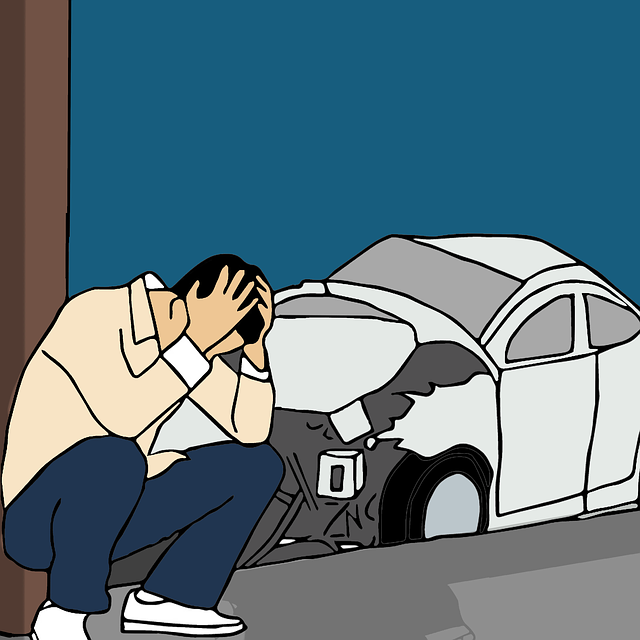
Slip and fall accidents can result in a range of injuries, from minor scrapes to severe fractures or traumatic brain injuries (TBI). Understanding the potential impact of such incidents is crucial when considering slip and fall compensation claims. The severity of injuries directly translates into higher medical expenses, extended recovery periods, and, in some cases, long-term disabilities that can affect an individual’s quality of life and ability to work.
Moreover, beyond physical wounds, these accidents often trigger emotional distress and mental health issues, such as anxiety or depression, which further compound the victim’s challenges. In commercial disputes or situations involving breach of fiduciary duty or medical negligence, the complexity increases, and slip and fall compensation claims may involve not only financial redress but also accountability for the negligent parties responsible for creating unsafe conditions that led to these incidents.
Gathering Evidence to Support Your Claim

When building a strong slip and fall compensation claim, gathering robust evidence is key. Capture detailed photos of the hazardous condition that led to your fall, ensuring they illustrate the problem from various angles. Additionally, collect any relevant documents such as medical records detailing your injuries and treatments, along with copies of your homeowner insurance policy or other liability coverage if applicable. These pieces of evidence can significantly bolster your case and help demonstrate negligence on the part of the property owner or manager.
Consider consulting a car accident attorney or legal representative specializing in slip and fall cases to ensure you’re fully prepared. They can guide you through the process, advise on what constitutes admissible evidence, and even assist in negotiations with insurance companies, including homeowner insurance claims, to secure the maximum slip and fall compensation you deserve for your injuries and resulting expenses.
Negotiating with Insurance Companies for Maximum Compensation

When negotiating with insurance companies for your slip and fall compensation, it’s crucial to understand that their primary goal is often to minimize payouts. Be prepared with thorough documentation—photos, medical records, witness statements, and any relevant policies like homeowner insurance claims or business litigation coverage. This evidence strengthens your claim and can help justify a higher settlement offer.
Engage in these negotiations with the assistance of legal representation to ensure your rights are protected throughout the process. A qualified attorney can guide you on reasonable settlement amounts based on the severity of your injuries, local legal precedents, and applicable policies. Their experience in handling slip and fall cases can significantly enhance your chances of securing maximum compensation for your losses and suffering.
Maximizing your slip and fall compensation claim involves a thorough understanding of your injuries, gathering compelling evidence, and negotiating skillfully. By following the steps outlined in this article—from recognizing the severity of slip and fall injuries to adeptly navigating insurance interactions—you can ensure you receive fair and adequate compensation for your suffering. Remember, proactive measures to document and preserve evidence are key to a successful claim, ultimately helping to secure the slip and fall compensation you deserve.
